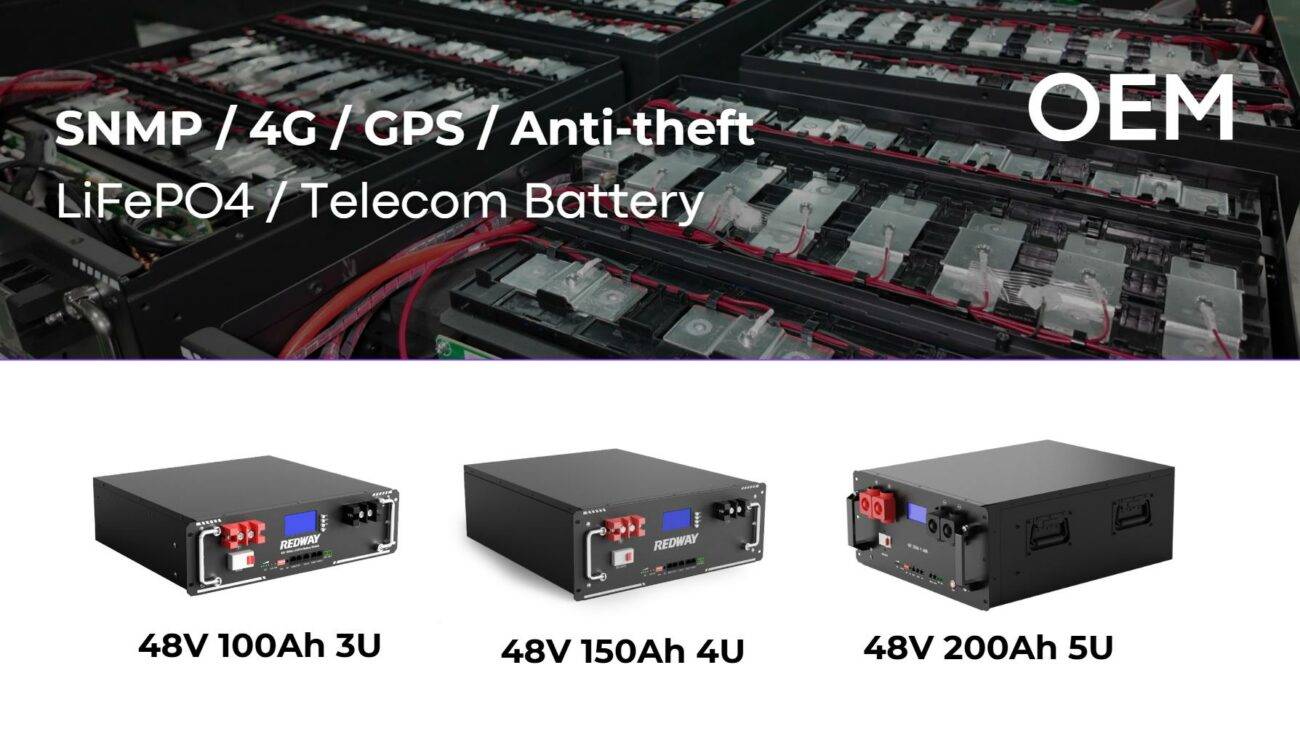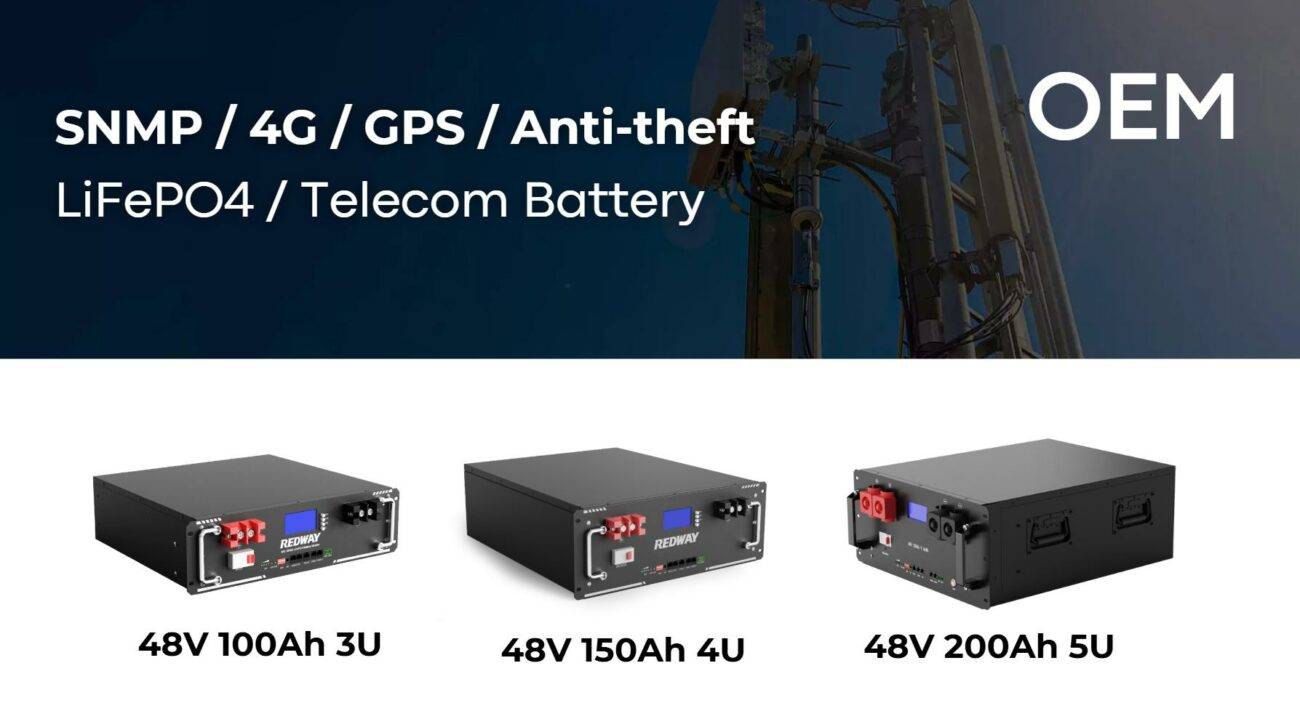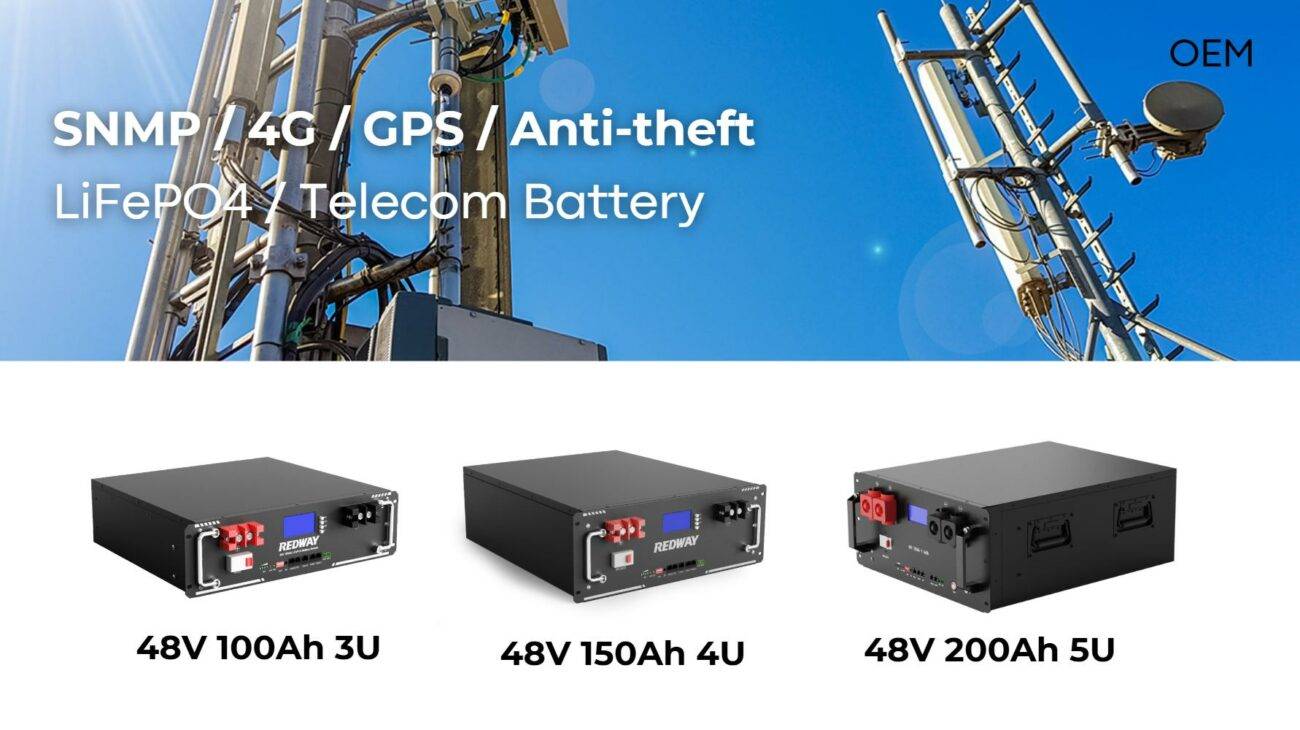
Blog
What Are the Key Trends Reshaping the Battery Industry in 2024
The battery industry in 2024 is driven by soaring demand for EVs, breakthroughs in solid-state tech, and sustainability mandates. Lithium-ion dominates, but sodium-ion and recyclable batteries gain traction. Supply chain resilience and geopolitics heavily influence raw material sourcing, while AI-driven manufacturing optimizes production. Regulatory shifts push circular economy models, making innovation and compliance critical for market leadership.
How Is Solid-State Battery Technology Revolutionizing Energy Storage?
Solid-state batteries replace liquid electrolytes with solid materials, boosting energy density by 50-70% and reducing fire risks. Companies like QuantumScape and Toyota plan 2024-2025 commercial launches. These batteries enable EVs to achieve 800+ km ranges and charge in 10 minutes. However, manufacturing scalability and sulfide electrolyte costs remain hurdles. Partnerships between automakers and tech firms aim to accelerate adoption.
Recent collaborations highlight the industry’s push for solutions. BMW and Solid Power are co-developing hybrid polymer-ceramic electrolytes to address temperature sensitivity issues. Meanwhile, NASA’s sulfur-selenium prototypes demonstrate 500+ charge cycles at -30°C, opening Arctic EV applications. Analysts predict solid-state production costs will drop to $75/kWh by 2026 as deposition techniques improve. This aligns with Porsche’s roadmap to deploy 920-volt systems in 2025 Taycan models, halving charging times compared to current lithium-ion packs.
Why Are Sodium-Ion Batteries Gaining Momentum Globally?
Sodium-ion batteries cut reliance on lithium and cobalt, using abundant sodium reserves. CATL’s 2023 mass production start sparked interest for grid storage and low-cost EVs. Though 30% less dense than lithium-ion, they operate at -20°C and cost $40/kWh versus $120 for Li-ion. China and EU prioritize them for renewable integration, with 15 GWh production expected by 2025.
| Parameter | Sodium-Ion | Lithium-Iron-Phosphate |
|---|---|---|
| Energy Density | 120-160 Wh/kg | 150-200 Wh/kg |
| Cycle Life | 3,000 cycles | 4,000 cycles |
| Operating Temp | -20°C to 60°C | 0°C to 45°C |
What Role Does AI Play in Battery Manufacturing Efficiency?
AI algorithms predict electrode defects with 99.2% accuracy, reducing waste by 18%. Digital twins simulate production lines, cutting R&D time by 40%. Tesla’s Nevada Gigafactory uses machine learning to optimize lithium slurry mixing, boosting yield by 22%. Startups like Chemix deploy AI for electrolyte formulation, accelerating development cycles from 5 years to 18 months.
Advanced neural networks now monitor calendaring processes in real-time, adjusting roller pressures within ±0.3 MPa to maintain uniform electrode thickness. Siemens’ Sinamics AI controllers reduced separator film tears by 41% at Northvolt’s Swedish plant. The U.S. Department of Energy recently funded a $60M project combining quantum computing and AI to discover novel cathode materials, targeting 400 Wh/kg batteries by 2027.
How Are Geopolitical Tensions Affecting Battery Material Sourcing?
China controls 65% of lithium refining and 80% of cobalt processing. US Inflation Reduction Act mandates 50% critical minerals from allies by 2024, pushing automakers to Canadian/Australian suppliers. Indonesia’s nickel export bans (20% global supply) forced Tesla to invest $5B in Philippine HPM mines. EU’s Critical Raw Materials Act aims for 10% domestic extraction by 2030, reshaping supply chains.
What Sustainability Strategies Are Top Battery Makers Adopting?
Northvolt’s Revolt program recovers 95% of battery metals via hydrometallurgy. BYD integrates solar-powered factories with 70% lower Scope 3 emissions. Redwood Materials’ closed-loop system recycles 8 GWh/year of EV packs. EU’s Battery Passport (2027 mandate) requires carbon footprint labeling, pushing 100+ firms to adopt blockchain-based material tracking.
Which Startups Are Disrupting Traditional Battery Supply Chains?
Sila Nano’s silicon anode tech (licensed to Mercedes) boosts energy density by 20%. Britishvolt’s modular gigafactories reduce capex by 30% via scalable designs. Li-Cycle’s spoke-and-hub model recovers 95% lithium from scrap. Group14’s CVD silicon-carbon powder slashes anode costs by 40%. These firms attracted $9B VC funding in 2023, challenging incumbents like Panasonic and LG Chem.
Expert Views
“The battery sector’s 2024 inflection point hinges on solid-state viability and recycling scalability. While energy density milestones impress, true disruption lies in reinventing supply chains through AI and localized material loops. Companies balancing IP aggression with cross-industry collaboration will dominate the $130B market by 2030.” — Dr. Elena Vorsatz, Director of Energy Storage at Frost & Sullivan
Conclusion
The battery industry’s 2024 trajectory intertwines material science leaps with geopolitical recalibration. Success demands mastering multi-dimensional chess: scaling next-gen chemistries while building ethical, AI-optimized supply chains. Firms embracing open innovation, circularity, and regulatory foresight will power the transition from fossil fuels to electrified mobility and grid resilience.
FAQs
- What battery type will replace lithium-ion?
- Solid-state and sodium-ion batteries will complement rather than replace lithium-ion through 2030. Solid-state targets premium EVs, while sodium-ion serves stationary storage. Lithium retains dominance due to existing infrastructure and density advantages.
- How long until recycled batteries meet 50% of demand?
- Projections suggest 2040 for recycled Li/Ni/Co to supply 50% of new batteries, contingent on 90% collection rates and regulatory mandates. Current recovery rates lag at 5% for lithium, necessitating policy-driven circular economy frameworks.
- Which country leads in battery tech innovation?
- China dominates manufacturing (75% global capacity), but the US and Germany lead in solid-state/AI-driven IP. South Korea’s SK On and LG Energy Solution control 38% of advanced cathode patents. Japan retains edge in precision manufacturing equipment.














